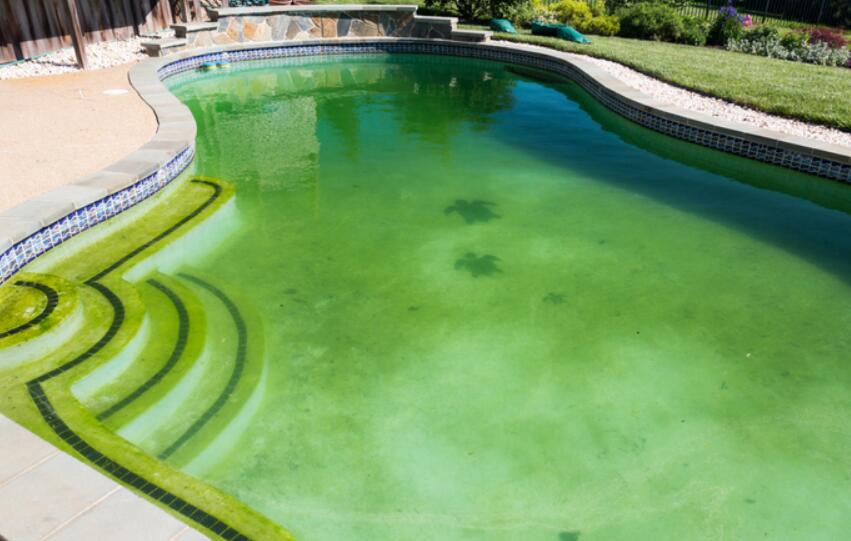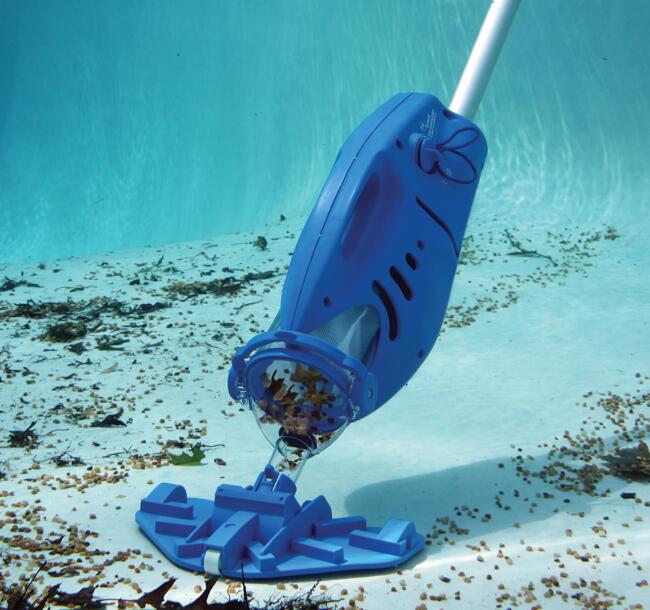It’s summertime and that means it’s time to break out the swimming pool! But before you can start enjoying a cool, refreshing swim, you need to take care of some maintenance.
One task that often gets overlooked is removing dead algae from the pool bottom. If left untreated, this algae can create an unsightly mess and even cause damage to your pool liner.
In this blog post, we will discuss three methods for removing dead algae from your pool bottom: manual removal, chemical treatment, and vacuuming. Let’s get started!
Why Are There So Many Algae in Your Swimming Pool?
Algae are plant-like organisms that can range in size, shape, and color. They typically live in water and moist areas and use photosynthesis to generate energy.
While algae are not inherently bad, they can be unsightly and cause problems in your swimming pool. This is why it’s important to remove dead algae from pool bottom as soon as you notice it.
There are a few reasons why you might have algae in your pool.
One is that the pH level of your pool water is off. When the pH level of your pool water is off, it can cause algae to grow exponentially, leading to the formation of unsightly green patches on the floor of your pool.
Another possibility is that there is too much chlorine in the water. This is because algae thrive in warm, shallow water with high levels of chlorination.
Lastly, if you have a lot of organic matter in the water, such as leaves or twigs, this can also lead to algae growth.
Are Algae Harmful to Our Health?
Algae are often considered to be plant life, but they actually belong to a separate kingdom altogether. There are more than 30,000 known species of algae, which come in many different colors including green, red, and brown. Algae are found in nearly every ecosystem on Earth and play a vital role in the planet’s oxygen cycle.
We have all seen those green patches of algae in our swimming pools, and some of us may have even considered whether or not they are harmful to our health. The good news is that, for the most part, algae are not harmful to humans. In fact, some types of algae are actually beneficial to our health!
While most types of algae are not harmful to humans, there are a few exceptions. Blue-green algae, for example, can release toxins that can cause skin irritation, nausea, and vomiting.
These types of algae usually grow in stagnant or polluted water, and can contain harmful toxins that can cause gastrointestinal illness if ingested. If you suspect that your swimming pool may be contaminated with harmful algae, it is important to contact a professional pool cleaning service to have the problem remediated as soon as possible.
If you’ve ever found yourself swimming in a pool of pea soup, you’re not alone. Algae can be a common problem in pools, and it’s not always easy to get rid of. However, with a little elbow grease and some patience, you can clear up your pool in no time. Here are a few tips on how to get rid of algae from your pool:
Step 1:Test the balance of water chemistry.
If your pH is off, it can create an environment that is conducive to algae growth.
So, the first step in getting rid of algae is to test the pH level of your pool water and adjust it accordingly.
You can purchase a pool test kit from your local hardware store or online.
Step 2: Turn on the pump.
This helps to keep the water moving and prevents stagnation, which is one of the main conditions that algae need in order to thrive.
In addition, circulated water is also less likely to develop cloudy patches, which can provide a perfect breeding ground for algae.
So if you want to keep your pool looking its best, be sure to circulate the water on a regular basis.
Step 3: Remove debris.
Algae thrive in dirty environments, so be sure to remove any leaves or other debris from your pool.
You no longer have to choose between a clean pool and a healthy eco-system – removing algea from your pool actually helps the environment.
Algae, like all plants, needs sunlight to grow. When algea blooms in your pool, it’s because there’s an abundance of sunlight and nutrients for it to feed off of.
So by keeping your pool clean – free of leaves and other debris – you’re actually depriving algea of the conditions it needs to thrive.
Step 4: Brush your pool.
A good brush will help to loosen any algae that is clinging to the sides of your pool, making it easier to remove.
In addition, brushing algae can also help to prevent it from spreading, as algea spreads through spores that are released into the water.
As a result, a little bit of time spent brushing your pool on a regular basis can go a long way towards keeping it clean and algea-free.
Step 5: Vacuum your pool.
If this algea is not removed, it will continue to grow and spread throughout the pool.
Vacuuming the pool will remove all of the algea that has been brushed into the water, keeping the pool clean and safe for swimming.
In addition to vacuuming the pool, you should also brush the walls and floor of the pool on a regular basis to remove any algea that is present.
Step 6: Shock your pool.
This will kill any algae that is present in your pool. Shock treatment works by raising the levels of chlorine in the water, which kills algea and other bacteria.
However, it’s important to follow the directions carefully, as too much chlorine can be just as bad as algea.
Step 7: Add algaecide.
Algaecide is a chemical that helps to prevent algea growth, and it’s an essential part of any swimming pool maintenance regimen.
By adding algaecide to your pool on a regular basis, you can help to keep algea at bay and enjoy a clean, safe pool all season long.
Step 8: Clean your sand filter.
A clean filter is important for keeping your water clean and free of algae. Algae can grow in your pool and make it unsafe to swim in.
A clean filter will help to keep the algae out of your pool and make it safe to swim in.
You should also check your filter regularly to make sure it is clean and free of debris.
Step 9: Test your pool chemistry.
By testing the pH levels, chlorine levels, and alkalinity of the water, you can quickly identify any changes that could lead to algea growth.
With a little time and effort, you can keep your pool algea-free all season long!
Conclusion
We list 9 steps to clean the algae in your swimming pool, and we also introduce the proper way to maintain pH, chlorine levels and alkalinity in order to prevent algae from coming back. By following these steps, you can easily keep your pool clean and safe for swimming all season long! Thanks for reading!


